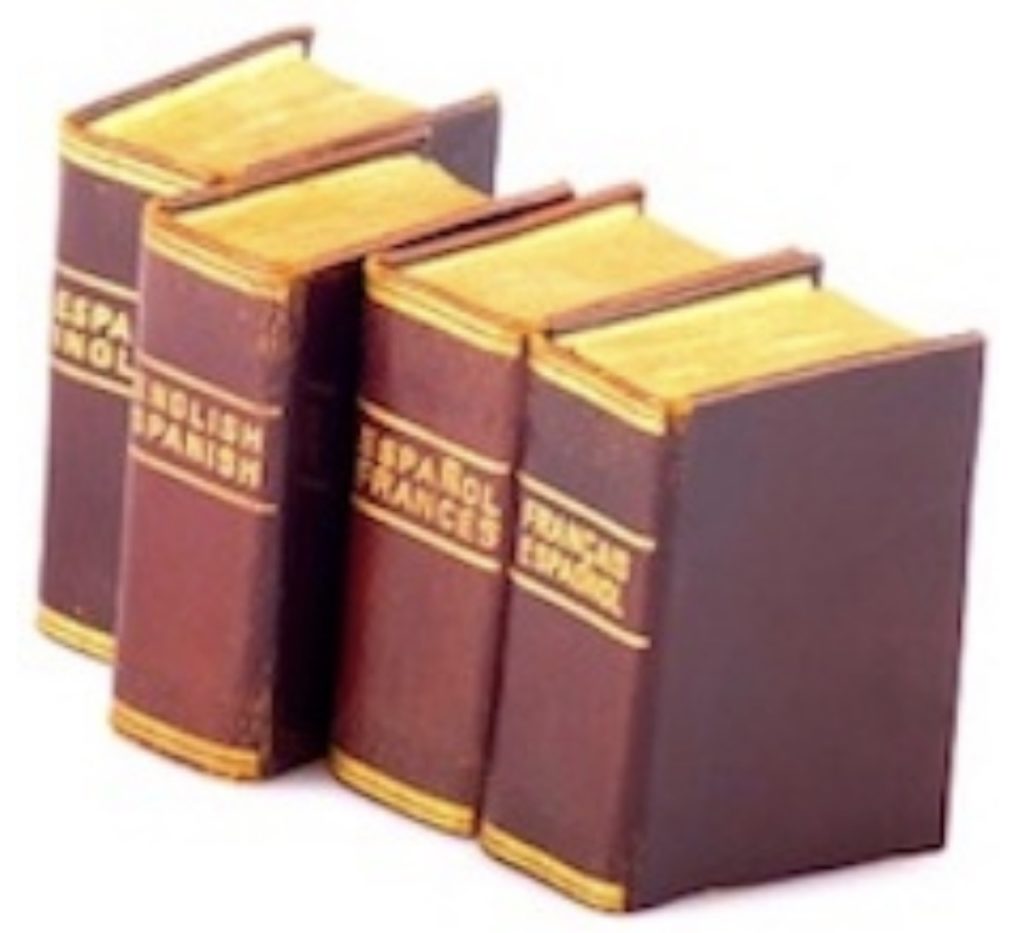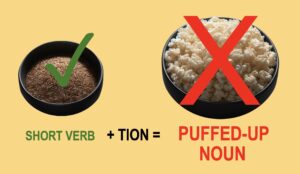
How to write a white paper for translation
Do you need to write a white paper—or anything else—to be used in different languages?
Then you must write properly for translation.
Here are six simple tips that will make your text easier for translators to work with, and cut down any chances of embarrassing gaffes.
We came across a great little booklet called Borderless English: A Guide to Speaking Effective English Internationally by Nathalie Kleinschmit.
She’s the founder of Global’ease, a company that specializes in helping business people adapt to other cultures.
Her booklet is a handy 20 pages full of tips on using international English that everyone can understand.
Here’s a sampling of the great tips it contains, used with her permission, plus a couple more we’ve picked up over the years.
Writing for translation tip #1: Avoid vague adjectives
“Adjectives such as ‘long,’ ‘quick,’ ‘large,’ ‘expensive,’ etc. have different meanings for different people,” says Kleinschmit.
“A ‘long-term project’ can mean anything from a six-month project to a 30-year project.”
In fact, this applies to anyone doing business anywhere.
Have you ever asked a developer how long something will take to code?
In any language, it’s better to get down to specifics.
Writing for translation tip #2: Avoid local references
Despite the popularity of baseball in the U.S, most people in the world have never played the game.
“Therefore, any references inspired by the sport such as, ‘He struck out’ or ‘Give me a ballpark figure’ will only serve to confuse,” she says.
Local references are any allusions to things that are not known in other countries, including people, places, activities, food and holidays.
Don’t assume your audience will know what you mean when you touch on any of these.
Writing for translation tip #3:
Avoid idioms
By the same token, avoid idioms or metaphors that we often take for granted in North America.
Phrases like “The Big Apple” or “Marketing 101” may not mean anything to a reader from another culture.
If you include phrases like these and your translator translates them directly, they may be meaningless.
On the other hand, if your translator tries to find another metaphor, they may miss the bull’s eye… or even turn over the apple cart.
And then your carefully written white paper may be up the creek without a paddle. 😉
Writing for translation tip #4: Avoid contractions
In English, contractions like “don’t” and “we’ll” make sentences sound more conversational.
But for translators, these may be nothing but trouble. They hide letters, mask tenses, and boost uncertainty.
When you write for translation, it’s better to avoid contractions altogether.
Writing for translation tip #5: Use short sentences
Use shorter, simpler sentences than you would if you were writing for native speakers.
In any case, shorter sentences are easier for everyone to understand. And they boost the readability of a text.
A long, complex, round-about, run-on sentence with multiple noun phrases all piled up on top of one another; well, you can already start to see how these could be tougher than normal to translate, can’t you?
Writing for translation tip #6: Don’t worry about losing “style”
Some native speakers question the need to “simplify” our language.
They feel we lose the richness of natural English by writing for translation.
“It is true that a certain amount of style is sacrificed when we use the Borderless English approach, instead of our standard English,” says Kleinschmit.
“The expression ‘that wraps up our meeting’ sounds more dynamic than ‘the meeting is finished.’
“Speaking Borderless English is not easy, not natural, and can appear dull… but it does help improve communication.”
And writing in international English shows our willingness to bridge the cultural gaps that could cause our words to be misunderstood, misinterpreted, and mistranslated.
To request your own copy of the booklet, e-mail [email protected]. She can also arrange a bulk buy if you’d like to give it to your whole team.
Want to know when there’s a fresh article on this site? Subscribe here to stay in the know about long-form content. And you can unsubscribe any time.





[…] (For more on this topic, check out How to write a white paper for translation.) […]